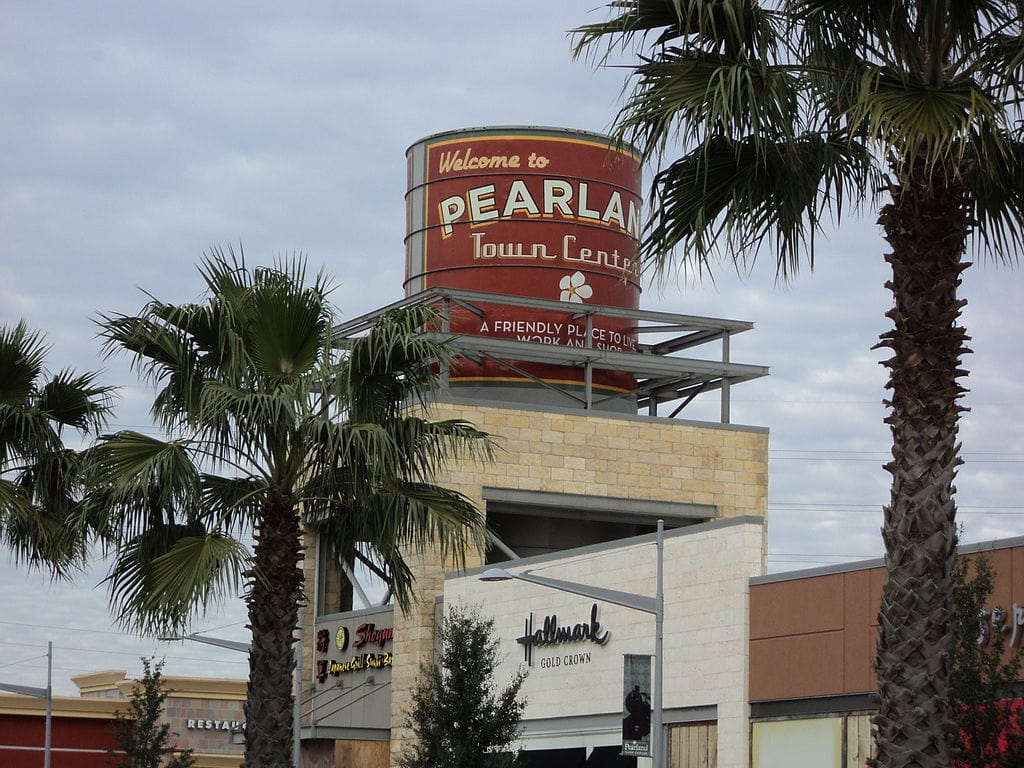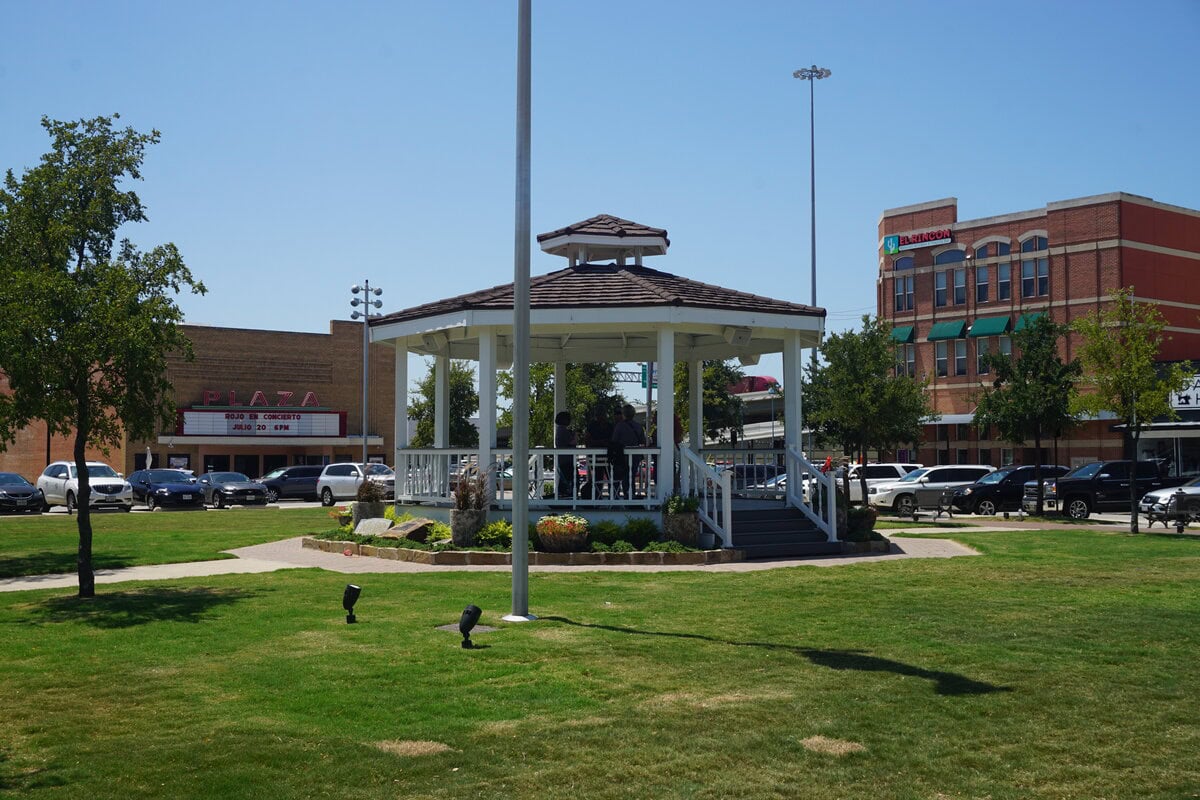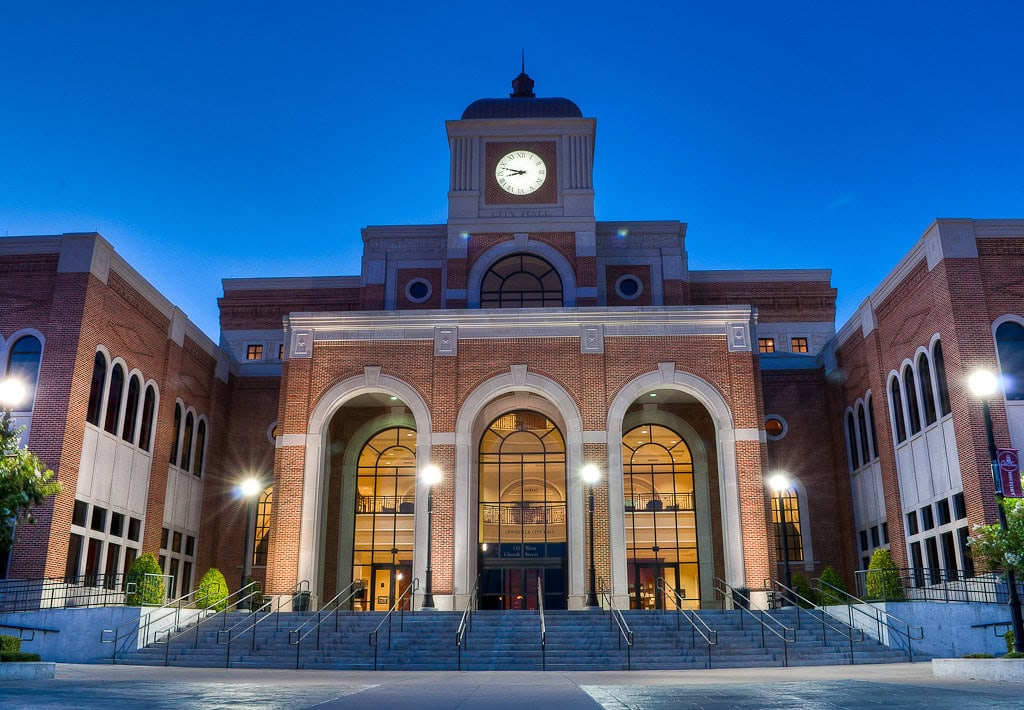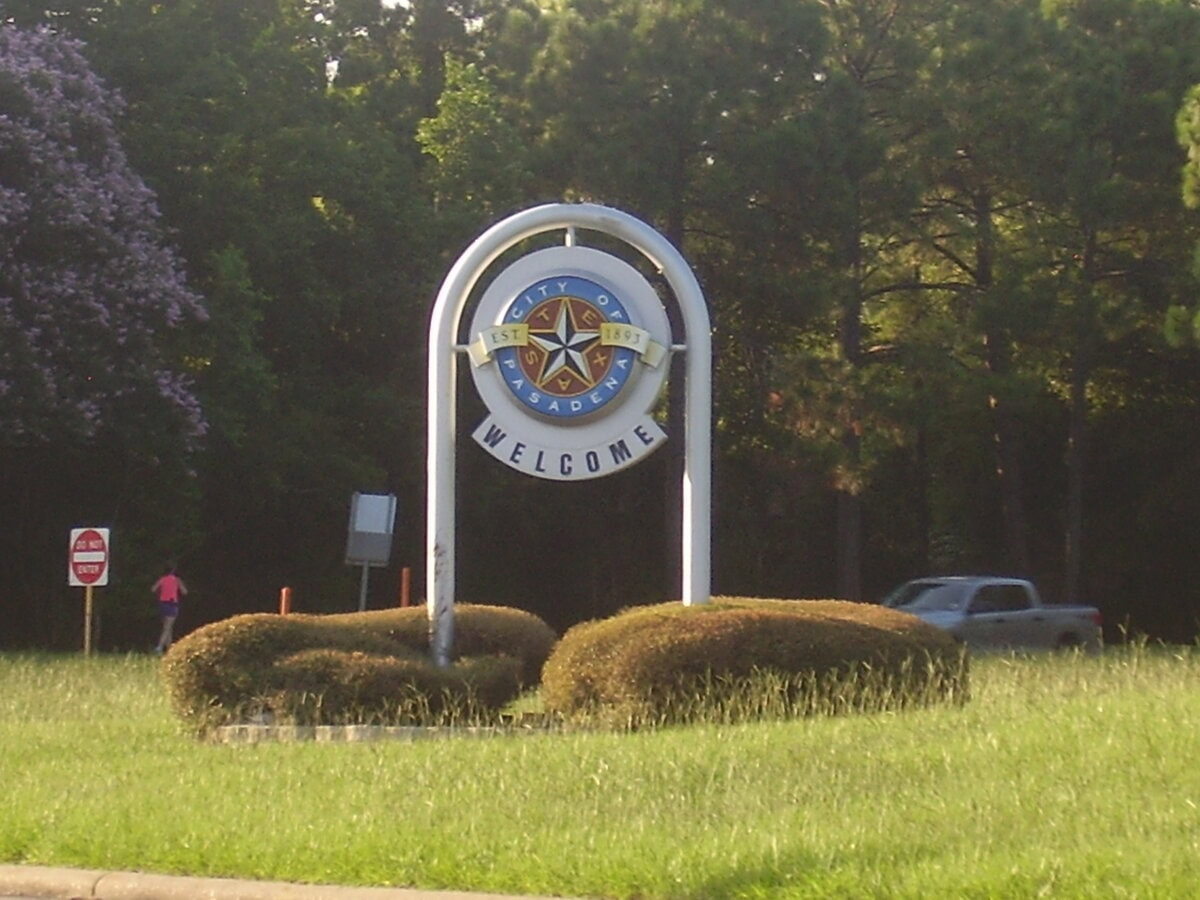Temple has secrets buried in plain sight
It is easy to see Temple as just another Texas stop on I-35, a place of hospitals, warehouses, and trains, but that view misses how unusual its story has always been.
Some of the city's most curious details are tucked into back corners of history, and even long-time residents may be surprised at how odd, bold, or forward-looking Temple has been in shaping its own path.
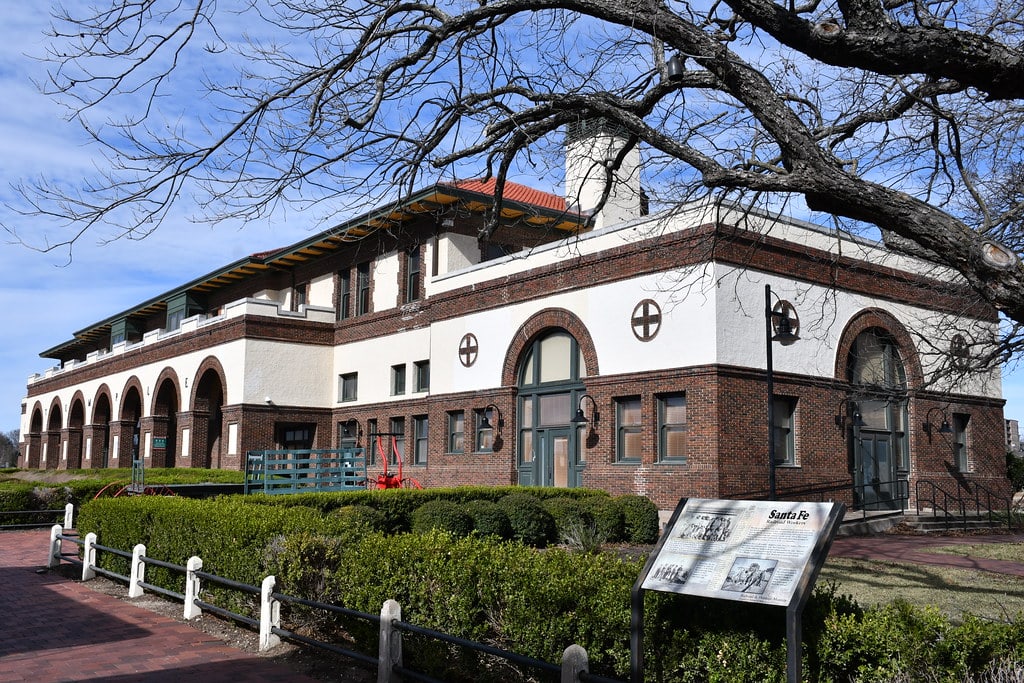
A railroad man left his name behind
Temple was not born from a cowboy's campfire or a frontier fort.
It started as a place where surveyors drew lines and hammered spikes into Central Texas soil.
The Gulf, Colorado & Santa Fe Railway needed a junction in 1881, and when the settlement appeared almost overnight, it was given a name.
Bernard Moore Temple, the railway's chief engineer, had never intended to be remembered this way.
He kept moving while the town grew around his name.
Streets fanned out from the tracks he laid, businesses leaned against the depot, and the whistle of locomotives carried the engineer's name in every echo.
Temple once went by "Tanglefoot"
Temple was not always called by its proper name.
In its earliest years, it carried a rougher title: "Tanglefoot." The nickname came from the mix of muddy streets and the easy flow of liquor in a town that grew too quickly.
Walking a few blocks without stumbling became a local joke, and outsiders picked it up.
Tanglefoot was not flattering, but it captured the frontier mix of chaos and opportunity.
Eventually, Temple wanted something more respectable, and the old name faded.
The state's largest Harvey House once sat here
When travel meant boarding trains instead of airplanes, Temple was a stop where meals mattered.
The Santa Fe depot held what became known as the largest Harvey House in Texas, a dining hall where waitresses in crisp uniforms timed every plate to the schedules of passing trains.
Fred Harvey's company built more than a restaurant here.
It kept farms and dairies nearby, supplying the kitchen with fresh produce and milk.
Passengers remembered Temple not for its muddy streets or young buildings, but for its perfect service.
The clang of dishes and the clatter of departing trains became the city's shared soundtrack.
One of America's biggest distributors is based here
Temple is home to McLane Company, one of the largest distribution firms in the United States.
Its trucks deliver food and supplies to tens of thousands of stores, keeping shelves stocked in quiet, invisible ways.
In 2003, Warren Buffett's Berkshire Hathaway bought the company from Walmart, making Temple part of a global financial map.
Yet despite its scale, McLane never left the city where it started.
The headquarters remains here, surrounded by the highways and warehouses that feed its reach.
For Temple residents, seeing McLane trucks on I-35 is a reminder that their town moves goods for the entire country.
Wilsonart's founder used his own house as a test lab
In 1956, Ralph Wilson Sr. founded Wilsonart in Temple, hoping to create a better laminate for counters and furniture.
He did not just test products in a lab.
He built his family's ranch house in 1959 and turned it into a working experiment.
Every room featured new patterns and finishes, bright colors and textures that would later define mid-century style.
The Wilson House is now on the National Register of Historic Places, preserved with its bold designs intact.
What began as one man's business gamble became a global brand, with its first proving ground hidden inside a Temple living room.
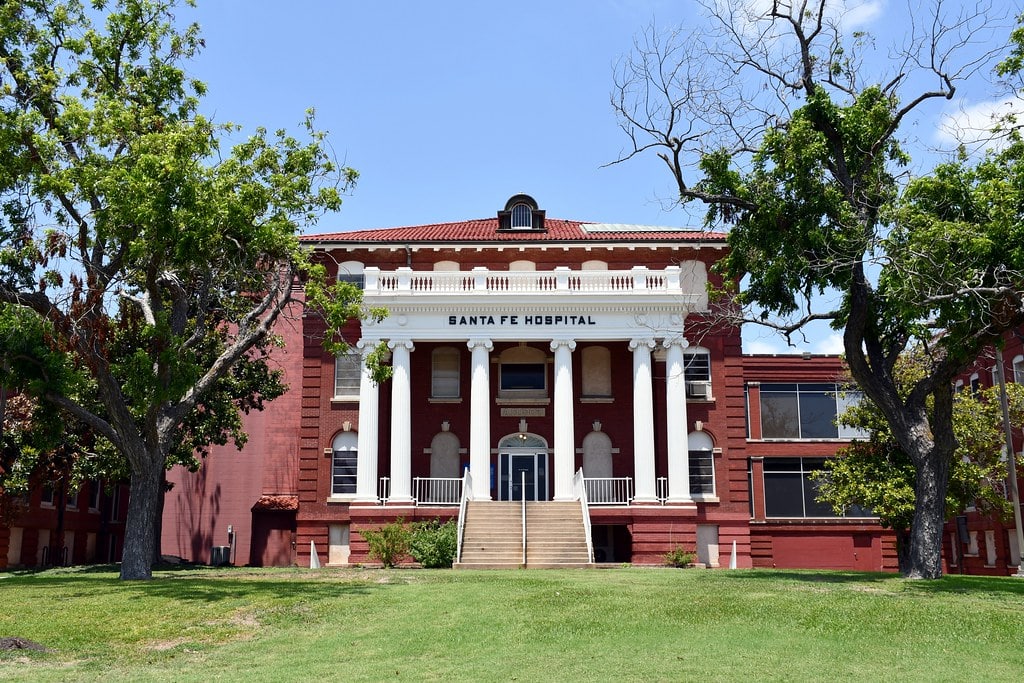
Rail medicine built a medical city
Temple's role as a medical hub started with the railroad.
In 1891, the Santa Fe Railway opened a hospital here to care for its workers, practical and efficient.
Thirteen years later, two doctors, Arthur Scott and Raleigh White, opened their own sanitarium in the city.
Their small operation grew into Scott & White, a name known across Texas.
By the 1980s, the old Santa Fe hospital merged into it, creating a powerhouse that today bears the Baylor Scott & White name.
What began as bandages and surgery for railmen became a sprawling medical city.
Medicine replaced locomotives as Temple's lasting engine.
Meta planted servers in Temple's soil
In 2022, Meta announced that it would build a vast data center in Temple.
The $800 million project, spread over nearly 400 acres, is designed to house almost 900,000 square feet of servers.
Construction paused briefly for redesign, but by 2025, the project was moving forward again.
For a city whose story began with cattle and trains, the thought of becoming part of the digital world's backbone felt almost surreal.
Steel and glass rose where prairie grass once grew.
Temple found itself not only on the rail map or the medical map, but also on the global internet map, buzzing with electricity.
A train station that is also a museum
In most towns, an old train station either falls quiet or gets turned into something unrecognizable.
Temple's depot found a different fate.
The Texas Eagle still rolls in daily, Amtrak passengers stepping out under its covered roof.
Upstairs, though, the building has been claimed by the Temple Railroad & Heritage Museum.
Exhibits fill the rooms above the ticket counters, telling how the city rose out of the rails.
You can hear the conductor's whistle outside while looking at black and white photographs on the walls.
It feels like time folding over itself, the past and present crowding into the same station.
One banker planted the first tree
When Temple was still raw ground and railroad ties, banker W. Goodrich Jones looked out and decided the town needed shade.
He planted a pecan tree, remembered as the first in the city, and then convinced others to follow his example.
His campaign spread beyond Temple, and in 1889, Texas declared Arbor Day.
In 1915, he donated Jones Park, a green pocket in a city still growing into its form.
Every oak and pecan lining Temple neighborhoods carries a trace of his vision.
What started as one banker with a sapling turned into a statewide movement that gave Texas its trees.
A steam locomotive is parked downtown
Walk to the Temple Railroad & Heritage Museum in downtown Temple, and you will come face to face with a black giant.
It is Atchison, Topeka & Santa Fe No. 3423, a Pacific-type locomotive built in 1921.
Once it thundered across plains with passenger cars trailing behind, the kind of engine that defined the romance of rail travel.
Now it sits silent, its driving wheels frozen, its boiler cold.
Children climb the steps while older visitors trace the rivets and pipes.
The locomotive looks as if it stopped mid-journey and never started again.
For Temple, it is less an artifact than a living reminder of how the city began.
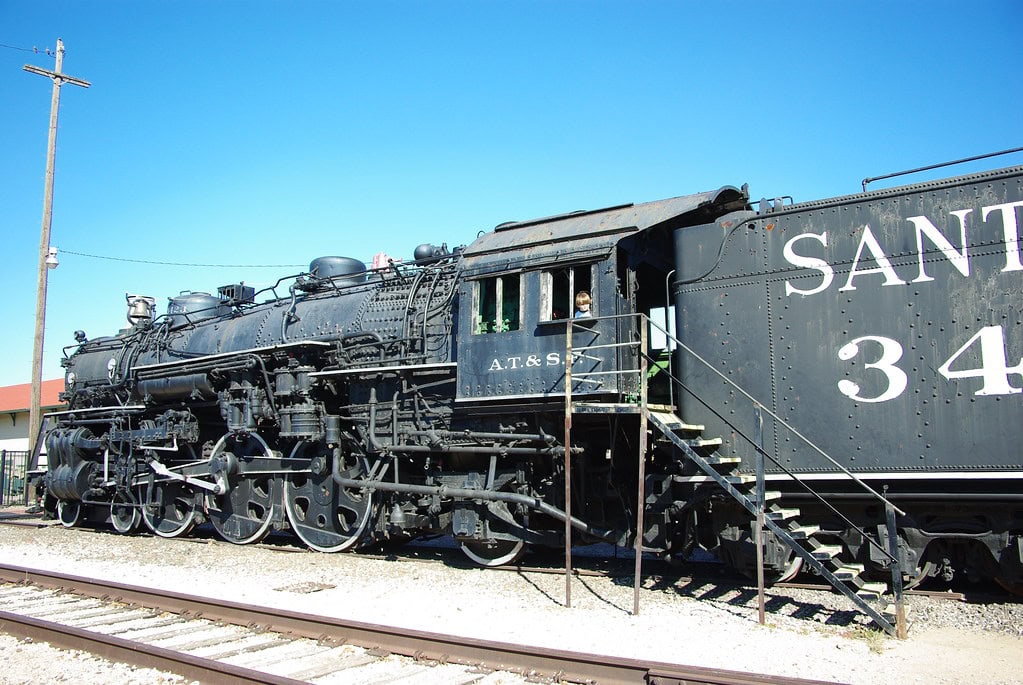
Men-only "Stag Parties" ruled the holidays
For more than thirty years, starting in 1893, Temple's men of standing gathered each Thanksgiving for what they called the "Stag Party." It was closed to women, filled with food, speeches, and the kind of revelry that newspapers only half described.
Outsiders looked on with raised eyebrows, but the men of Temple kept the tradition alive well into the 1920s.
It was part fraternity, part civic performance, and part escape from the roles they carried the rest of the year.
The Stag Party eventually disappeared, but its memory lingers as one of those strange rituals that shaped the city's early social life.
A playground built beside live tracks
Whistle Stop Playground does not hide Temple's identity.
Its slides and climbing frames are painted in bright colors, but the real attraction is right next door.
Active tracks run beside the park, and when freight trains or Amtrak cars roll past, the ground shudders.
Children stop mid-play to wave at conductors, who sometimes return the gesture.
Parents sit on benches, watching both the playground and the real locomotives passing just yards away.
Few parks are built with moving scenery like this.
In Temple, the playground is not just a place to play, but a front-row seat to living railroads.
A depot turned into a toy-train wonderland
The Moody depot once stood in another town, built in 1881 to serve a few Central Texas travelers.
When its usefulness ended, the small wooden building was moved piece by piece to Temple.
Instead of disappearing, it found a second life.
Today, the depot belongs to CentraMOD, a model railroad club that turned it into a miniature universe.
Trains snake past mountains, rivers, and tiny stations built with careful hands.
Children press their faces to the glass, and hobbyists crouch low to adjust engines.
A depot that once rang with full-sized whistles now hums with smaller machines, still keeping Temple tied to its railroads.
A wartime hospital became the VA campus
In 1942, the Army built McCloskey General Hospital in Temple.
It was one of the largest wartime medical centers in the country, filled with wards, barracks, and rehabilitation rooms for thousands of soldiers.
The war ended, but the hospital did not close.
Instead, it became the Olin E. Teague Veterans' Center, part of the Veterans Affairs system.
Decades later, it still anchors care for thousands of veterans across Central Texas.
What began as an emergency response to war slowly shifted into a permanent place of healing.
Czech heritage has a foothold downtown
Temple carries the marks of Czech immigrants who settled across Central Texas in the 19th century.
The city holds the state headquarters of SPJST, a fraternal organization founded by Czech-Texans more than a century ago.
Just down the street is the Czech Heritage Museum & Genealogy Center.
Inside are embroidered garments, photographs, and small keepsakes that families carried from Europe.
Visitors trace surnames across oceans, following family lines that lead back to wooden farmhouses and crowded ships.
In a city built by arrivals and departures, the museum captures one community's roots.
Temple remembers its Czech past not with statues, but with heirlooms.

